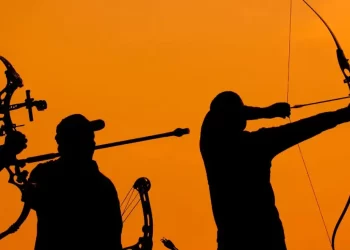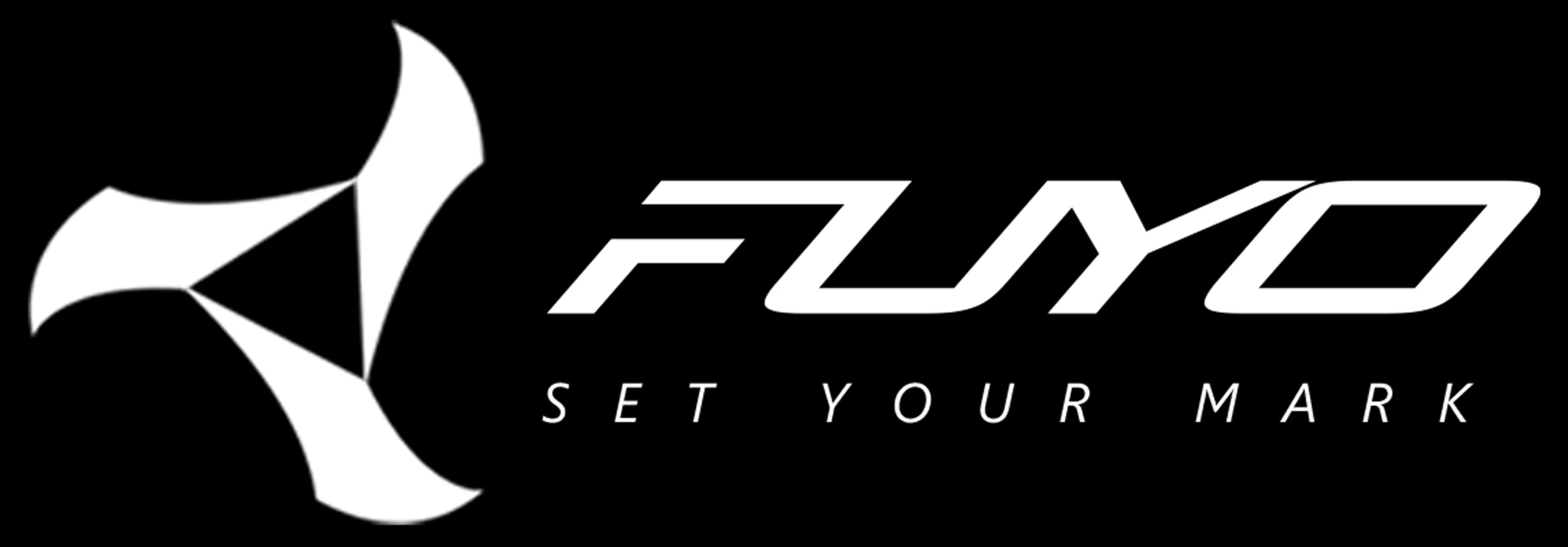There is a huge variation in prices. If you are just getting started you might get overwhelmed with the amount of choice. You might also wonder whether the proverb ‘’you get what you paid for also holds in archery’’. If you do not have any experience with bows, it might be really difficult to access the quality of each bow. Therefore I am going to help you make the right choice without breaking the bank.
In a hurry?, here is my short answer:
Cheap recurve bows can be surprisingly high quality. If you are a serious archer I wouldn’t buy a beginner bow with a wooden riser or a bow with a proprietary limb fitting. Therefore I would spend a little bit more and buy a proper Olympic recurve bow, or a traditional bow, which doesn’t have to be very expensive.
Different type of bows
In general there are 3 types of recurve bows: beginner, traditional and Olympic recurve. Although the lines tend to be fussy, it’s important to know the differences between these bows.
Beginner bow
The best way to spot a beginner bow is by looking at three distinct features.
- It is a takedown bow: this means that you can remove the limbs (often with a screw knob) for easy storage.
- The riser is made from wood: the riser is the middle section part of the bow, which you are holding.
- The limb fitting is proprietary: the limb fitting refers to how the limbs are attached to the riser. If this is a proprietary fitting, you won’t be able to attach limbs from other manufacturers to this riser.
Beginner bows are essentially very old school Olympic recurve bows. Before there were major innovations in limb fittings, all Olympic recurve bows had wooden risers and proprietary screw on limb fittings. Since the 90’s, however, bow manufacturers have advanced their techniques and build more advanced risers and limbs.
A beginner bow has therefore a lot of similar features to an Olympic recurve bow. They often have bushings for the front stabilizer, button and sight. These features are essential to teach archers the fundamentals of Olympic recurve archery, while also providing you the option to shoot more traditionally.
Traditional bow
The distinction between a traditional bow and a beginner bow are very clear. A traditional bow looks just like the bows you see in documentaries and films about history. These bows clearly replicate the look and feel bows had in ancient times. These bows therefore have no screw holes to attach sights, stabilizers or a button. Since the limbs are fixed you also cannot exchange them.
Olympic recurve bow
If you look at a fully equipped Olympic recurve bow, you will clearly see the differences between this and a beginner bow. If you would remove all the stabilizers, sights and other aids, it will start to look very similar to a beginners bow. The most distinctive feature is that the riser of an Olympic recurve bow is always made out of metal instead of wood.
A less distinctive but more important feature is the limb fitting. These bows have an ILF or Formula (less common) fitting, allowing you to change the limbs between manufacturers. These limb fittings also allow you to tune the limb alignment and tiller, which allows you to tune the bow to your shooting style.
Many beginner bows allow you add a front stabilizer and a sight. They, however, often lack the bushings to add an upper stabilizer, lower stabilizer and a screw on arrow wrest. It is also not possible to change the grip of a beginner bow. Therefore a beginner bow is not ideal to use while shooting the Olympic recurve style.
Some myths debunked
When people think about cheap equipment they often think of lesser quality. Although this often is the case with a lot of consumer goods, you shouldn’t infer the quality of a product purely on the price.
They won’t last long
A lot of people believe that cheap bows won’t last long, because they believe that they are made from less quality materials. Although it’s true that more expensive bows tend to have heavier risers and limbs made from carbon fiber instead of wood, I think this is absolutely overstated. I have many cheap limbs and only one pair kept breaking, which I believe was due to a manufacturing error. Most archers will shoot with their first limbs at most 2 years, upon switching to a heavier pair. Therefore, it’s quite a waste to buy really expensive limbs, since you probably won’t use it for a long time.
To check the quality of the bow, it is always a good idea to check out some reviews. If you notice a lot of bad reviews they often have a systematical manufacturing error. But if you don’t see any negative reviews, I believe it’s safe to buy even the cheapest bow you can find.
They shoot less accurate
Bow manufacturers make a lot of claims; by far the most common claim is that their bow shoots more accurately. Although it would be awesome to have a bow that magically allows you to shoot very accurately, this is not the reality. About 99,9% of all the accuracy comes from the shooter, most variation between shots comes from an inconsistent shot process.
Although a bow can greatly help you get consistent, the bow itself will not be much more accurate. I have shot with a few really cheap bows (below $150) and I got really nice groupings. If you have the right equipment to fit your shooting style, the actual price doesn’t matter. The funny thing is that there are even some Chinese manufacturers that make some great equipment for a really low price.





















